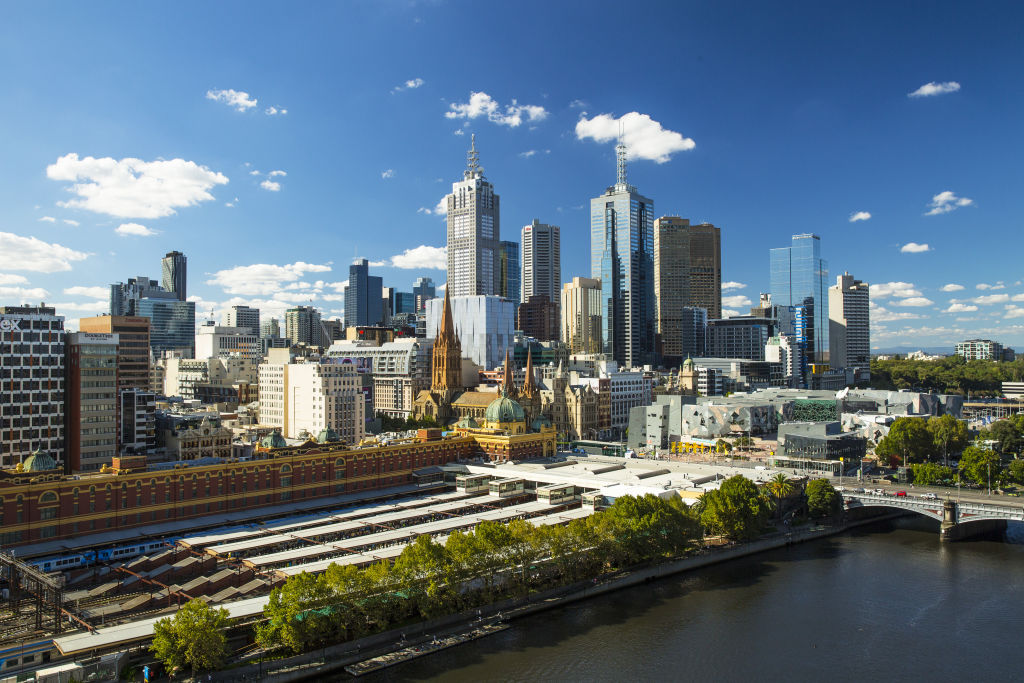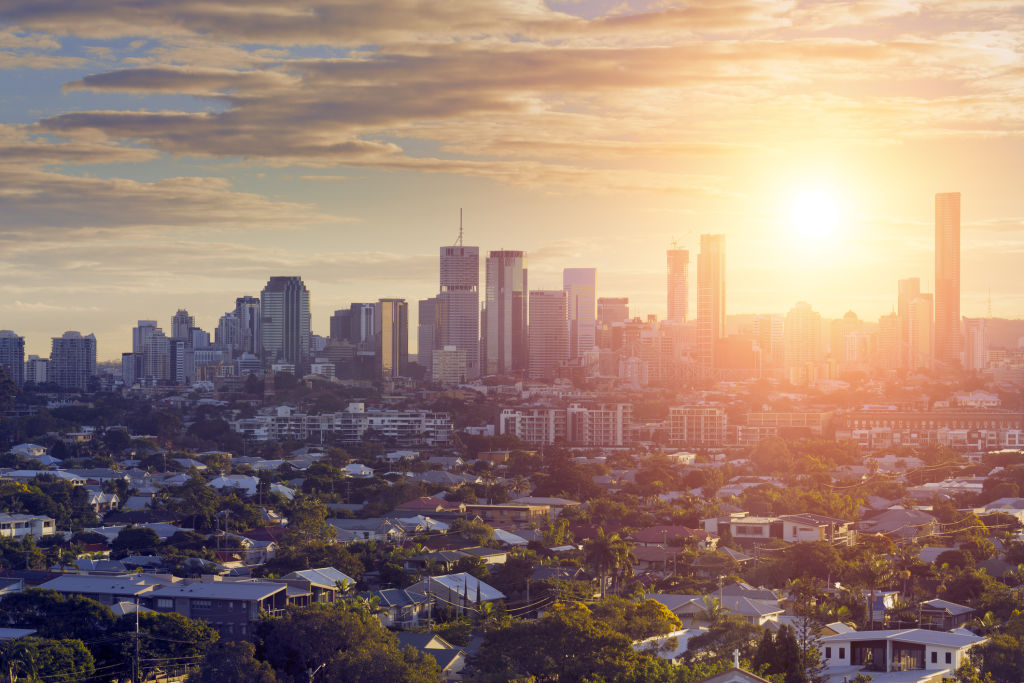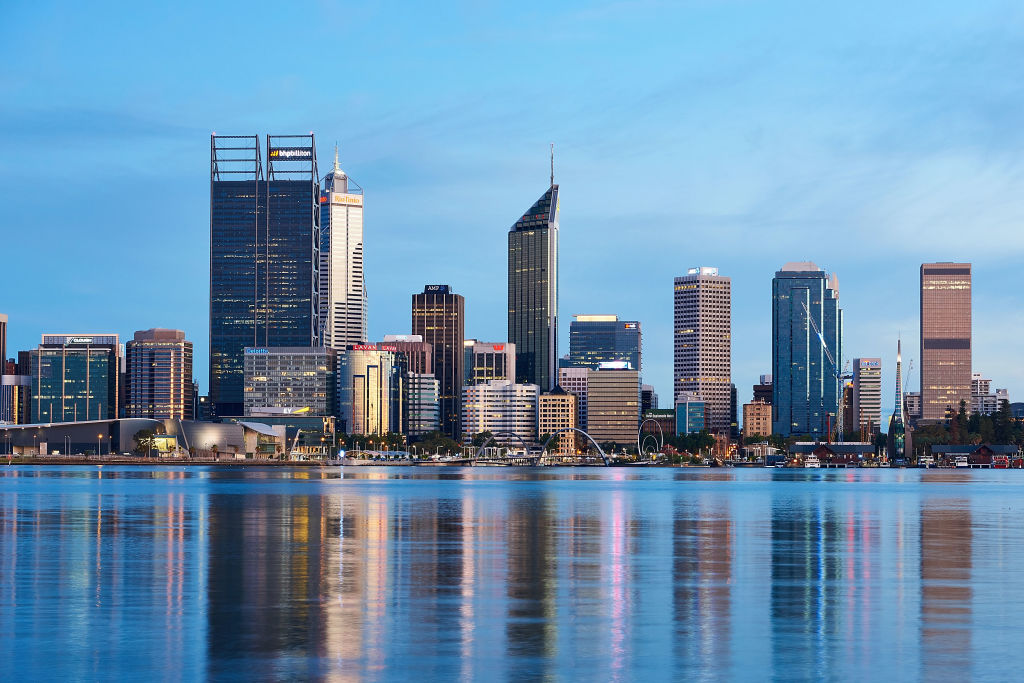Australia's capital cities have strong population growth, except in these suburbs

The population in Australia’s largest cities is booming – but not everywhere.
Even as our major capitals expand, the number of residents in some suburbs is shrinking.
Melbourne added 119,000 residents last year, while more than 93,000 extra people made Sydney their home. Each of the capital cities increased in population except for Darwin, and even so the Northern Territory capital lost just 355 residents, official figures show.
Some of the fastest growing areas are on the urban fringes where new housing estates are springing up, such as Melbourne’s Cranbourne East and Sydney’s Riverstone-Marsden Park area.
But in some middle and outer suburbs, populations are edging lower as young adults grow up and move into city centres to study and work, or move further out to buy homes in greenfield developments.
Here are the neighbourhoods that have lost residents over the past year.
Melbourne
Australia’s fastest-growing city had slight population falls in a smattering of middle to outer suburbs in the west, north and east.
The drops were modest: at most -0.4 per cent for Mill Park (south), and just -0.1 per cent for Belgrave-Selby or a decrease of 11 people. Taylors Lakes, Delahey, Deer Park-Derrimut and Rowville were the only other areas to decrease.
Some of the areas such as Rowville and Taylors Lakes lack public transport infrastructure, noted Louise Johnson, professor of geography at Deakin University.
“They’re in that middle area of not delivering everything people want these days, especially when they’re in a bit of a black spot for public transport,” she said.
“The two big pressure points for growth [are] the suburban fringe … or the inner city.”
Two decades ago young families were moving into Taylors Lakes, but now the children may have moved into the inner city to pursue their careers, she said.

Sydney
Populations are edging lower in selected suburbs across Sydney’s west, south, and even in one riverfront spot.
Drops were recorded in areas such as Woronora Heights (-1.9 per cent), Castle Hill (east) (-1.3 per cent), and smaller falls across Cherrybrook, Maroubra, Springwood-Winmalee, Jamisontown-South Penrith, St Johns Park-Wakeley, Windsor-Bligh Park and the waterfront Putney.
“Those suburbs are likely to be suburbs where there are teenagers growing up and leaving,” said Phil McManus, professor of geography at the University of Sydney.
“A lot of them are middle suburbs; they’re not inner-city suburbs, they’re not getting unit redevelopment. But neither are they suburbs that people are trying to get away from because of social problems or anything.”
He sees the effect as cyclical and expects the neighbourhoods to rejuvenate in some way in the future given the city’s growth.
The demographic shift to empty-nesters can be handled by making sure areas have a range of housing stock such as apartments and duplexes, added University of Sydney urban planner and policy analyst Nicole Gurran.
“One of the ways you deal with that in the long term is you make sure suburbs have got diverse housing so people can live in the area where they grew up if they wish,” Professor Gurran said.
“In a growing city like Sydney, it’s a bit inefficient to have large empty homes and smaller households.”

Brisbane
Suburban areas to the west and east of the CBD saw shrinking populations: Pinjarra Hills-Pullenvale (-0.7 per cent), Jindalee-Mount Ommaney, Seventeen Mile Rocks-Sinnamon Park, Westlake, Brookfield-Kenmore Hills and Alexandra Hills.
As the outer suburbs mature, empty-nesters are likely to stay in their homes close to friendship networks, said Phil Heywood, adjunct associate professor in community planning at the Queensland University of Technology.
At the same time, these suburbs lack a pull factor, he said, in contrast to the apartment building boom in inner Brisbane over recent years.
“There has been a planning policy which, while not directly discouraging people from living in the outer suburbs, is giving tacit encouragement to the intensive new developments in and around the inner city,” he said.

Canberra
Several areas in the nation’s capital posted slight population declines, such as Jacka (-4.4 per cent or 34 people), Charnwood, Evatt, Florey, Flynn, Fraser, Red Hill, Calwell, Chisholm, Fadden, Gordon, Macarthur, Monash, Oxley, Richardson, Chapman, Duffy, Fisher, Hughes and Torrens.
The drops are mostly in areas where new developments are not underway, said Ben Phillips, associate professor in the ANU Centre for Social Research and Methods.
“There’s a lot of new development in the inner parts of Canberra,” he said. “If you’re looking at a rental, it may well be the unit market in Belconnen may become more attractive than having a three- or four-bedroom house that is further out.”

Perth
The WA capital also saw several suburbs shrink, and the drops came in both wealthier and less affluent areas.
Residents left neighbourhoods such as Mandurah (-1.8 per cent or 167 people), Hope Valley-Postans (-15.1 per cent or eight people), Claremont, Mosman Park-Peppermint Grove, Subiaco-Shenton Park, Joondalup-Edgewater, Mullaloo-Kallaroo, Scarborough, High Wycombe, South Perth-Kensington, Applecross-Ardross, Rockingham and Safety Bay-Shoalwater.
The contracting areas are mostly middle suburbs that need urban regeneration to create affordable, accessible, medium-density housing, said Peter Newman, John Curtin distinguished professor of sustainability at Curtin University.
“This is not happening due to local government processes and lack of state agency assistance,” he said.
“The outer suburbs are easily rolled out, and that is what is happening. But these areas are not accessible and have few local services, so why not go to Melbourne where there are better housing options?”
We recommend
We thought you might like
States
Capital Cities
Capital Cities - Rentals
Popular Areas
Allhomes
More







